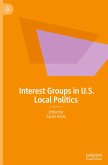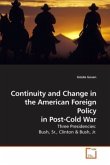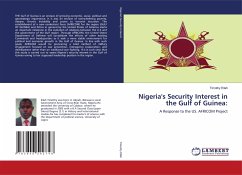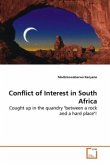The politics of trade after the Cold War has
transformed U.S foreign policy. Given the surge of
interest in free trade agreements (FTAs) and the far-
reaching political and economic repercussions of
globalization, the post-Cold War period constitutes
a critical juncture in the history of U.S.
international economic policy and trade diplomacy.
The U.S. began to seek FTAs as a way to maintain its
strategic influence. Despite its hegemony, the U.S.
has succeeded in negotiating and implementing
relatively few FTAs. Why does the U.S. have
relatively few FTAs compared to other economically
powerful countries? Why has the U.S. taken longer to
negotiate certain FTAs over others? The book will
analyze the evolution of interest group coalitions
and the persistent conflict surrounding FTAs and
international trade since the end of the Cold War by
examing the negotiations leading to the agreements
signed with Jordan, Singapore, and Chile.
transformed U.S foreign policy. Given the surge of
interest in free trade agreements (FTAs) and the far-
reaching political and economic repercussions of
globalization, the post-Cold War period constitutes
a critical juncture in the history of U.S.
international economic policy and trade diplomacy.
The U.S. began to seek FTAs as a way to maintain its
strategic influence. Despite its hegemony, the U.S.
has succeeded in negotiating and implementing
relatively few FTAs. Why does the U.S. have
relatively few FTAs compared to other economically
powerful countries? Why has the U.S. taken longer to
negotiate certain FTAs over others? The book will
analyze the evolution of interest group coalitions
and the persistent conflict surrounding FTAs and
international trade since the end of the Cold War by
examing the negotiations leading to the agreements
signed with Jordan, Singapore, and Chile.








